International Day of Women and Girls in Science
Today, 11th February marks the International Day of Women and Girls in Science! This means we want to celebrate the incredible contributions that women have made throughout the years, whose stories can motivate our children to explore, question and innovate their academic journey!
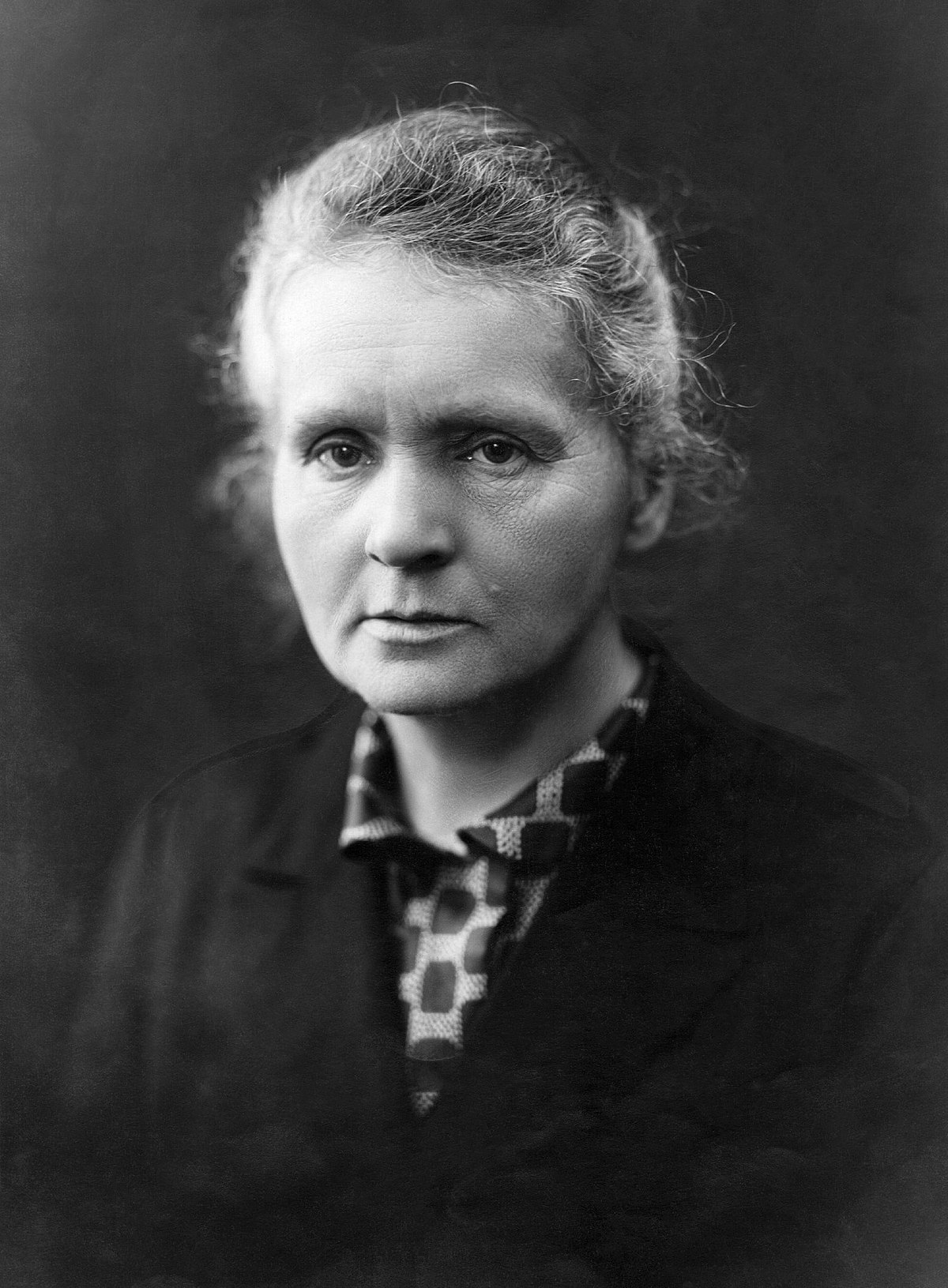
Marie Curie
(Image credit - Nobelprize.org)
Marie Curie is a famous scientist known for her ground-breaking discoveries. The Polish-born scientist was the first woman to ever win a Nobel Prize, (the only person to win it in two different areas of science). Physics and Chemistry had never been so impressive! Her discovery of two elements, radium and polonium, have helped doctors advance cancer treatments, saving hundreds of thousands of lives. Despite living in a period where she faced protests for being a female scientist, Marie Curie was extremely determined and never gave up, showing that with enthusiasm and dedication, fantastic things can be achieved.
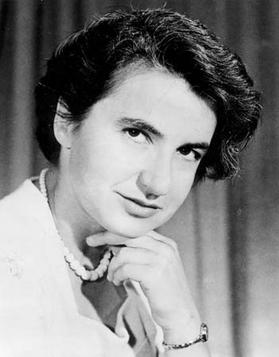
Rosalind Franklin
(Image credit - britannica.com)
Rosalind Franklin was an extremely important scientist who helped us understand DNA. Even though James Watson and Francis Crick are famous for figuring out DNA’s shape, this wouldn’t have been possible without Franklin’s work. She took pictures using X-rays to show that DNA is shaped like a twisted ladder, called a double helix. Her detailed method of working led to a crucial discovery that influenced scientists for many generations; she literally helped ‘shape’ science!
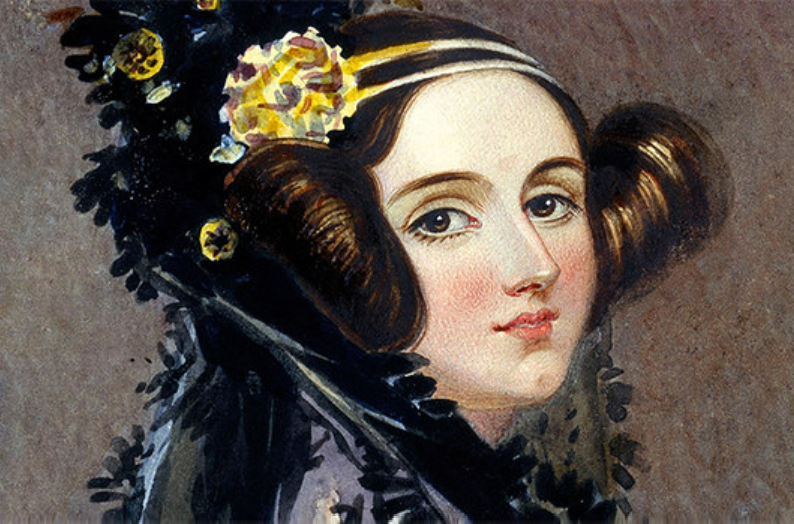
Ada Lovelace
(Image credit - jstore daily)
Ada Lovelace is often considered as the world’s first computer programmer. She helped Charles Babbage with his computer, entitled the ‘Analytical Engine’. By writing the very first set of instructions, or algorithm, that a machine could follow, she became a pioneer in the field, coding the future of computer science!
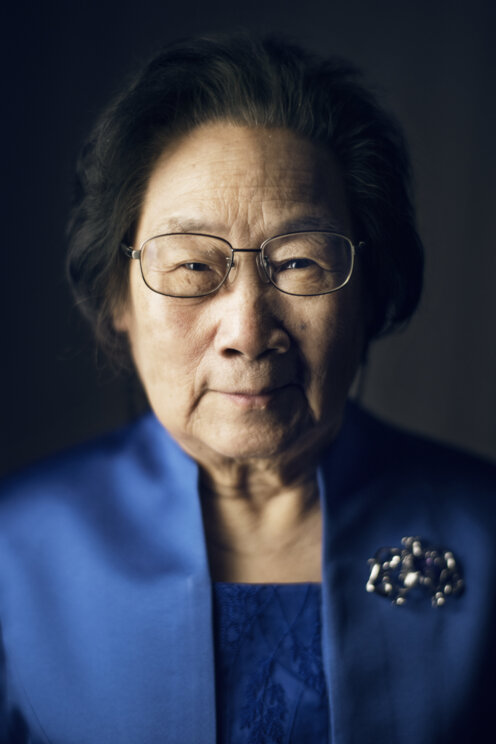
Tu Youyou
(Image credit - nobelprize.org)
Tu Youyou is a Chinese pharmaceutical chemist who discovered artemisinin and dihydroartemisinin, used to treat malaria. Her research on traditional Chinese herbal medicine led to the development of these life-saving drugs, saving millions of lives in South China, Southeast Asia, Africa and South America. In 2015, she was co-awarded the Nobel Prize in Physiology or Medicine for her discoveries. What an incredible impact on the world her work has had!
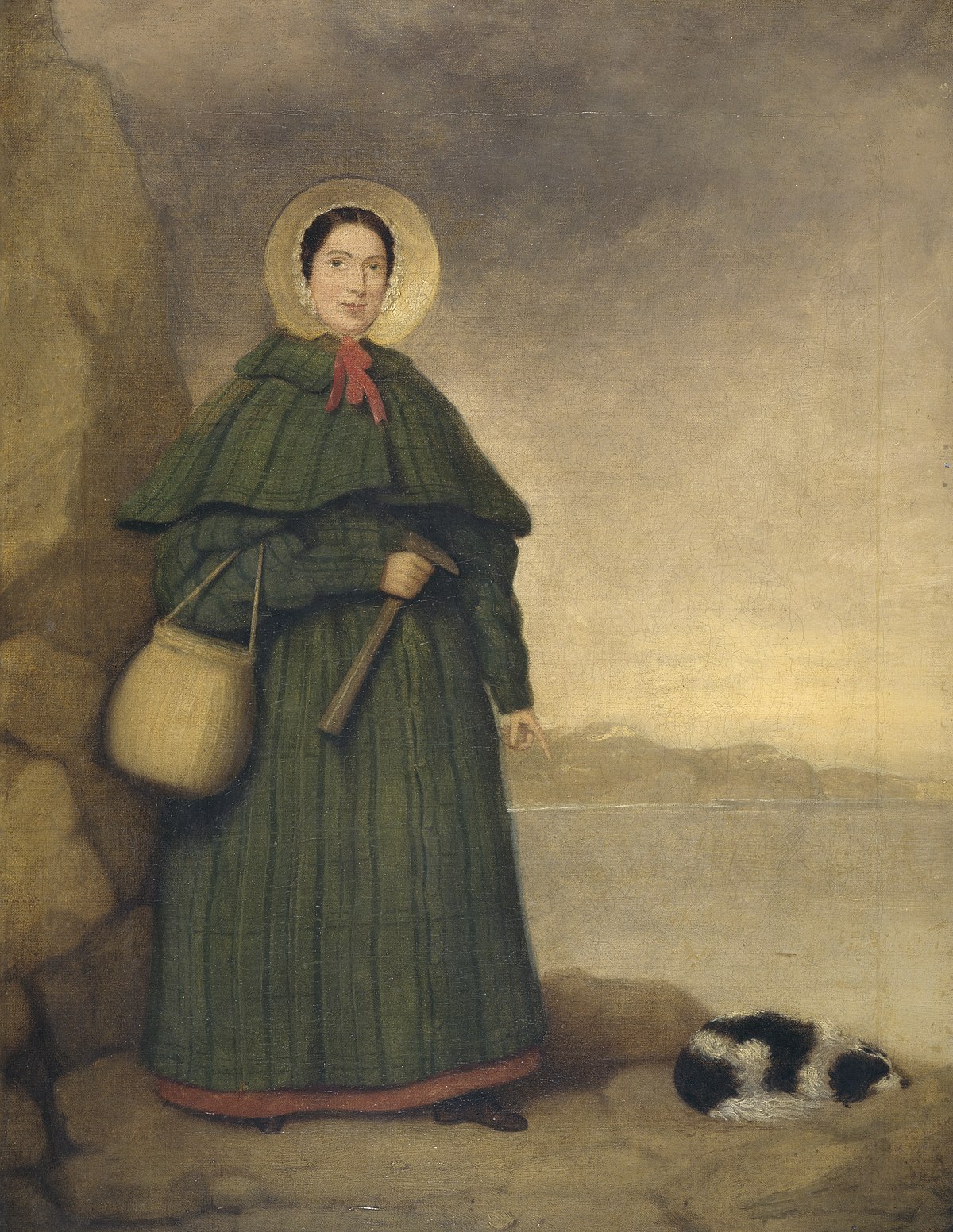
Mary Anning
(Image credit - bbc wildlife)
Mary Anning was an English fossil collector, who made significant contributions to the study of ancient life through fossils. Her discoveries were crucial in providing evidence for extinct species that had never been scientifically documented before and contributing to the understanding of prehistoric life. Her legacy is that of a self-taught scientist who made extraordinary discoveries that challenged conventional thinking.
As we celebrate the International Day of Women and Girls in Science, we appreciate these and many other women who have shaped the course of history through their passionate and dedicated mindsets. Our KSOL tutors also try and reinforce these mindsets, as they aim to inspire and encourage every one of their students to achieve their full potential! We strongly believe that every child deserves the best start to secondary education, and are here to support both you and your child throughout their learning.
Loved learning about influential individuals? Meet so many more on our Year 4 Early Starter Course! Help famous historical characters, whilst developing important 11+ skills. Click here for more information.
If you have any further questions, please don’t hesitate to give our friendly advisors a call on 0121 733 6558.